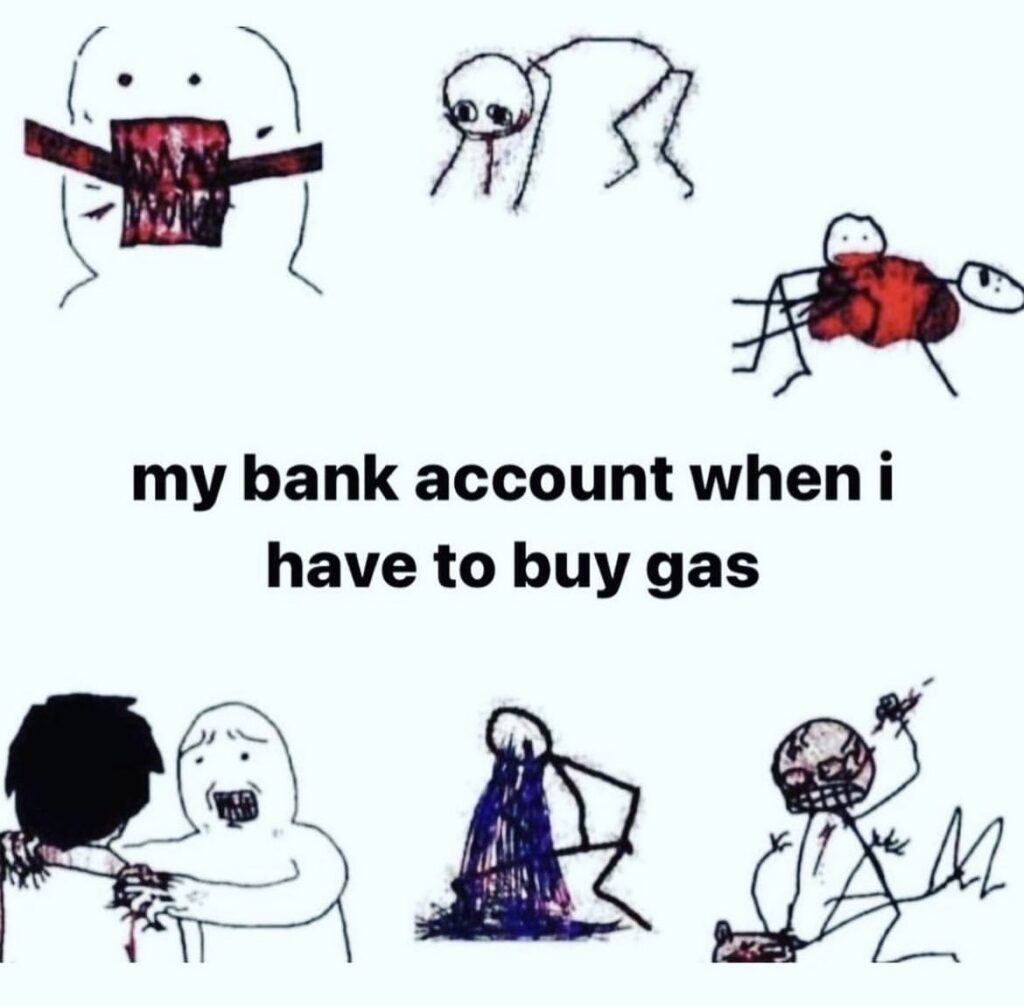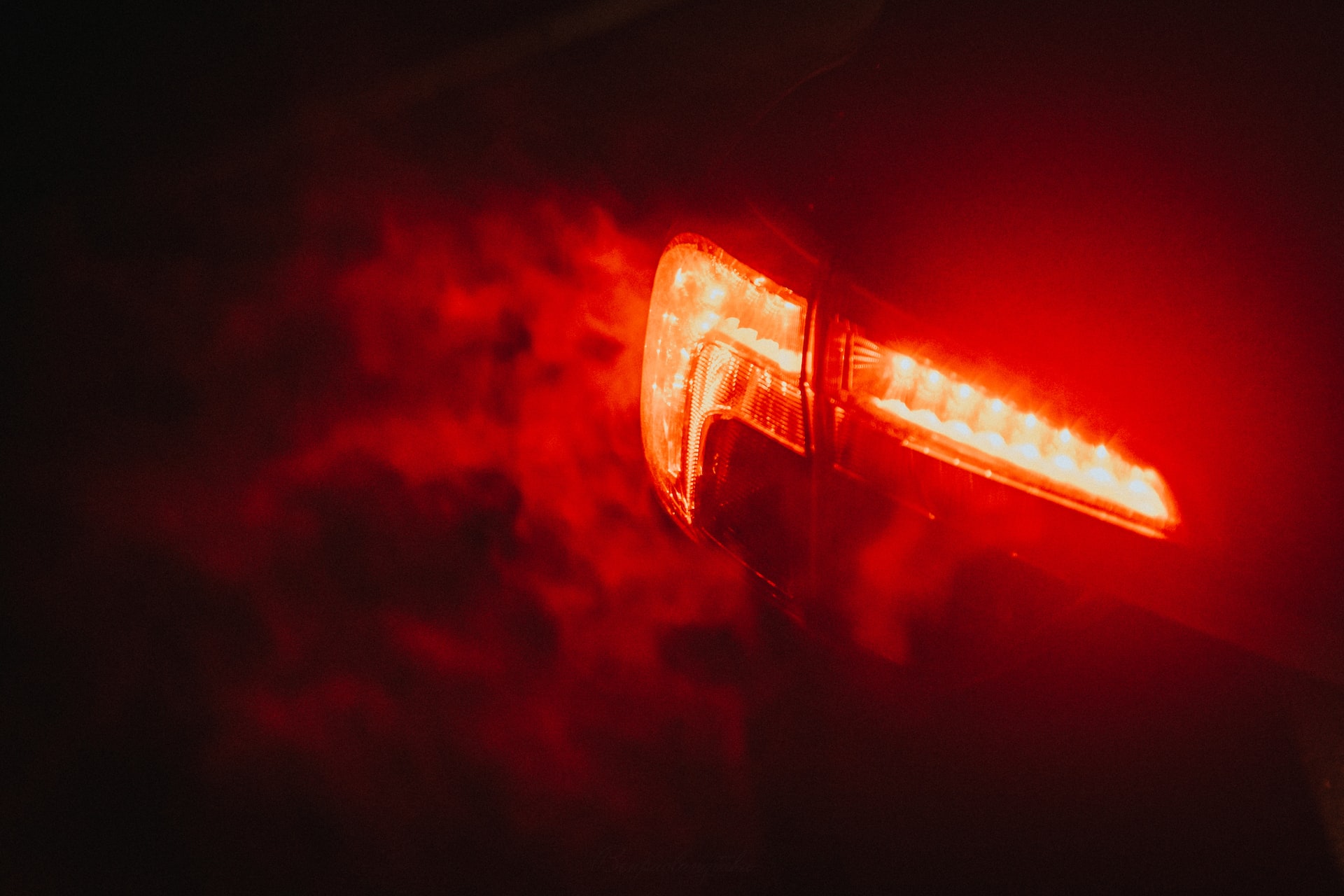As many workers are returning to the office, daily commutes may equate to more traffic. With more traffic comes the old familiar phenomenon of road rage. Unfortunately, some drivers feel anonymous in heavy traffic and resort to behaving like they’re in an unmoderated Youtube comment section. Whether it’s you who gets hot behind the wheel or you are dealing with consequences of other drivers’ tempers, these tips may help you cool the flames.
- Breath is free and always available. So simple but it’s also the first thing people forget in moments of irritation and discomfort! Our breath is always available. This is probably not what you want to be reminded of when you’re already caught in traffic and frustrated by other drivers but if you know you’re traveling through an area where you typically get activated you can prepare. Don’t forget to breathe
- Let aggressive drivers have their way and recognize the behavior in yourself. Are you in a rush because you’re late? Give yourself more time in the future so you aren’t stressed about making it on time to your destination. Don’t want to let a bully in another car have their way? Totally understandable. No one likes rewarding bad behavior but at the end of the day, they’re most likely not having a good time. They are probably going to stay grumpy for the rest of their journey regardless so let them by and move on
- Cut distractions. Turn off your podcast, audio book, or music in the thick of traffic or dealing with aggressive drivers. Replying to a text message, no matter how quick, can wait. Ask your passengers to lower their voices or be quiet so you can focus. Reduce the noise of anything that may add to your overwhelm as much as you can to prevent getting more upset and acting irrationally in the moment. Definitely do not text or talk on the phone while driving because that splits your attention further from the road and limits your ability to react in a timely manner. Wait to think about business problems and customer lead data until you’re back in a seat that’s not moving 70 miles per hour!
- Remember the human. That jerk eating, texting, and driving like it’s Day One of drivers’ ed is still a person. It is frustrating to witness as an outsider but remember you’ve also made driving mistakes at some point—some worse than others. Feel your feelings of annoyance and do what you can to stay safe and encourage defensive driving in the moment.
In conclusion, find reliable ways to manage your own stress-level in traffic so you can react as calmly and as appropriately when confronted with aggressive drivers and difficult situations on the road. Having a small checklist of questions for yourself before you get behind the wheel may help. Have I eaten and drank enough water to be comfortable on this trip? What are my tools for dealing with road rage? Have I given myself enough time to get there if there is traffic? These are some examples but you can create your own that relate to your specific needs and triggers. Remember anger is a normal part of being human. You don’t have to pretend you aren’t mad but dealing with anger maturely can help you avoid the regret and dangerous consequences of road rage.



